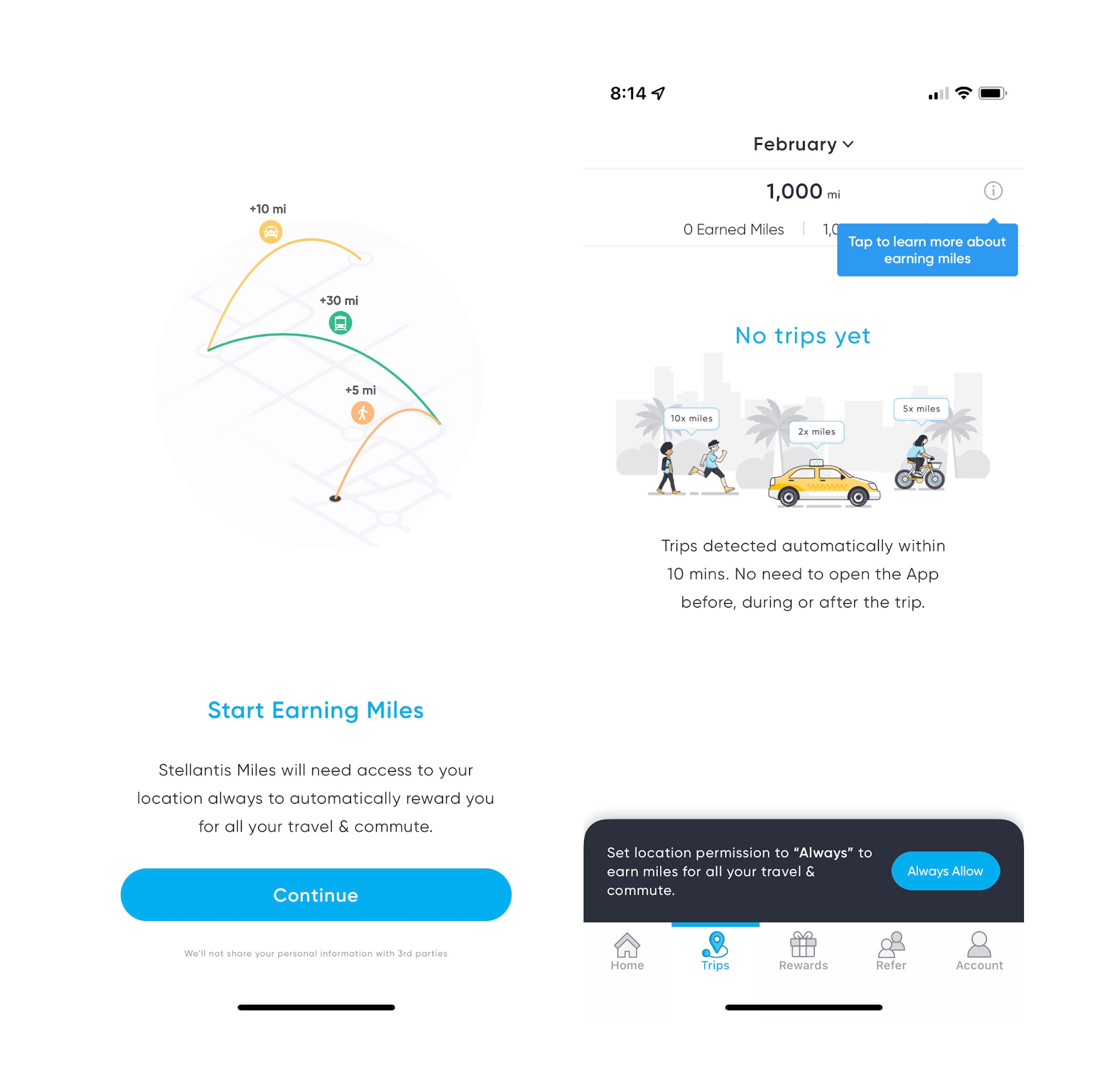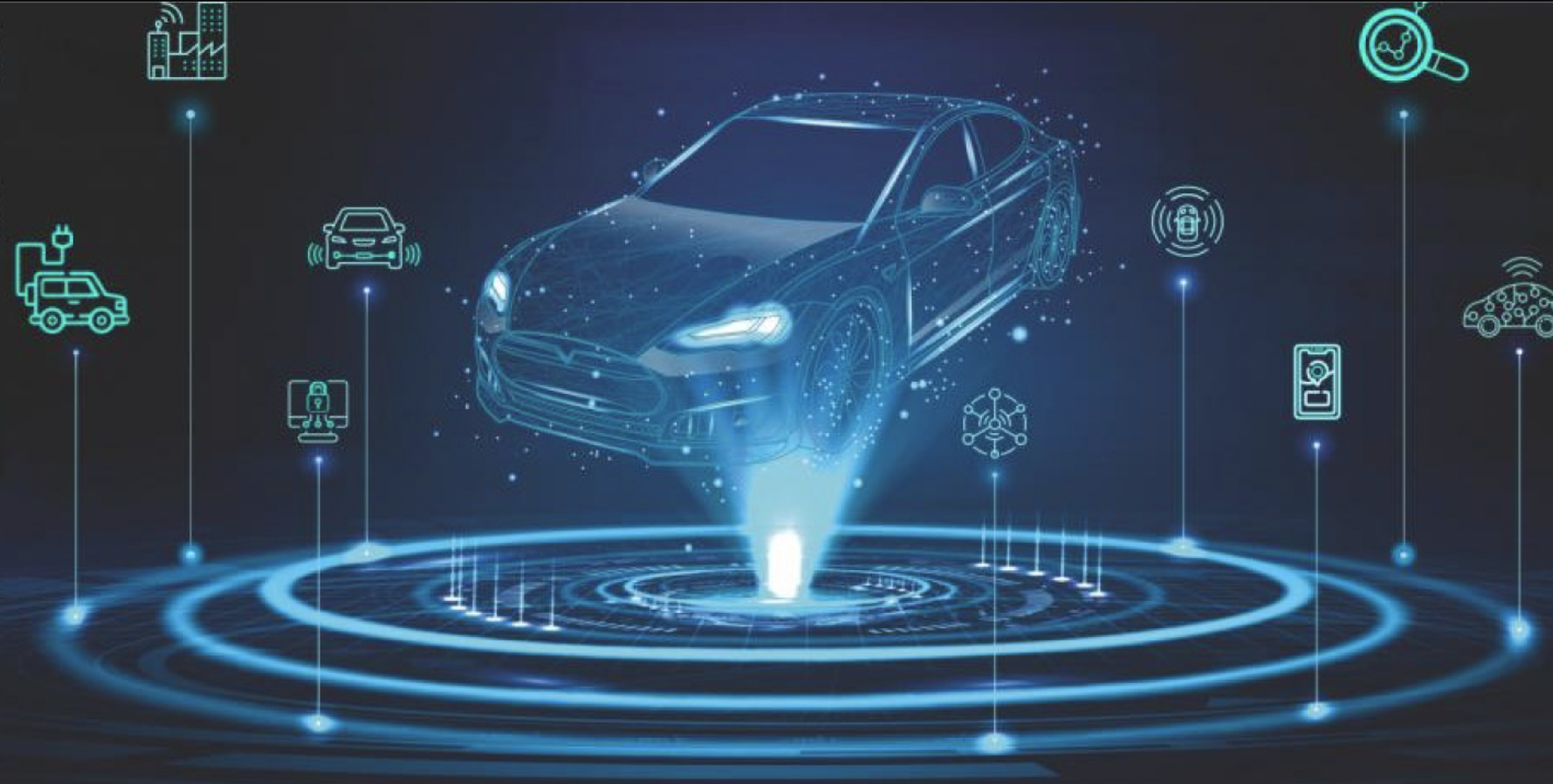The Anatomy of Connected Vehicles and the Data They Produce
Connected Vehicle Data Series 2 of 7:
Just as we use our sensory systems to gather information while driving, our vehicles use sensors to collect over 100 data points on the vehicle itself, the environment, and you, the user.
@wiley_19#7828 (DIMO Media Contributor)
Successful operation requires the vehicle to know how its components are behaving. All drivers are familiar with a few of these data points such as vehicle speed, engine RPM, and fuel level (which are displayed on the instrument cluster). Each of these data points was collected by a sensor such as those seen in the graphic below, transmitted by an ECU over the Controller Area Network (CAN) bus, and then read and displayed by the Instrument Cluster ECU. Other data points collected include hard braking or acceleration events, crash events, remote service usage (such as remote start/stop or remote unlock/lock), charging history, battery usage, emissions and more.
Growing Autonomy
As advanced driver-assistance systems (ADAS) features (lane keeping, adaptive cruise control, automated parking) become ubiquitous and slowly evolve into full autonomy, the vehicle’s need for information about the external world significantly increases.
While we’re driving, our bodies’ sensory systems (visual, auditory, etc.) are constantly collecting data about the environment in order for our brain to make safe and effective decisions. When autonomous vehicles (AV) take the wheel, they must replicate that data feed and the logic ingrained in our brains during Driver’s Ed courses and reinforced every time we drive.
The graphic below illustrates how a Level 3 autonomous vehicle captures the necessary data to provide ADAS features to the customer. In order to increase the level of autonomy, AV developers are introducing new sensors such as long range infrared sensors and increasing the quantity of existing sensors like the LIDAR sensor currently used for collision avoidance and pedestrian detection.
To handle the increasing amount of data and complexity, most OEMs and suppliers are working to consolidate the number of ECUs for future vehicle platforms and utilize sensor fusion (combining the strengths of each sensor to create a robust system) to maximize the utility of the overall system.
What Your Vehicle Knows about You
Of greatest interest to most users is not what the vehicle knows about itself or its environment, but what it knows about you. In 2019, technology columnist Geoffrey Fowler and an experienced vehicle hacker decided to find out for themselves. Their target was the infotainment system of a 2017 Chevy Bolt due to GM’s long history of connected vehicles.
What they found was information about the user’s location, in-vehicle media, and most concerning: their phone usage. Smartphones have become an integral part of the driving experience with aux cords, standard bluetooth connections, and Apple CarPlay/Android Auto. But when we connect to our vehicles, it’s not just our tunes that are passed along. Fowler found logs of phone calls, contact lists, and enough location data to reconstruct the user’s daily life.
As autonomy, connectivity, and convenience increase, the vehicle’s knowledge about you, the user, will continue to grow. Driver monitoring systems have been deployed by numerous automakers in the event the driver needs to take control of the vehicle from the ADAS system. OEMs such as Ford, GM, BMW, and Subaru have told Consumer Reports their driver monitoring systems are closed loops (i.e. they do not save or share any data collected by the monitoring system).
Tesla, on the other hand, uses steering wheel inputs to determine the driver’s state. Tesla cabins are also equipped with driver facing cameras that require driver opt in. These are not used to warn the customer. Instead, they provide Tesla with images or video of the driver surrounding a safety related incident. If you follow Tesla’s AutoPilot related incidents, they are notorious for blaming crashes on inattentive drivers—and with these cameras, they could have the data to prove it.
Biometric technologies in general are finding a greater number of applications in vehicles. HiPhi X, a premium SUV intended to be a Tesla competitor in China (or imitator), uses facial recognition to authenticate the user before powering open the doors. Available in the US in early 2022, Genesis’ GV60 will offer similar facial recognition authentication with additional “driver profiles” that will adjust the interior of the vehicle based on facial recognition as well. For the European premium segment, Daimler has partnered with Visa to provide in vehicle payments authenticated by your fingerprint.
Your voice is also becoming an increasingly common way to interact with your vehicle. First introduced by Honda in 2004, users can now adjust in-vehicle controls, make calls, and even place orders at restaurants. In 2020, there were an estimated 83.8 million active monthly users of in-vehicle voice assistants, significantly outpacing the use of smart speakers in homes.
Companion apps are another increasingly common way to interact with your vehicle as automakers have been scrambling to improve their digital presence. These apps are our remote gateway into our vehicle, and the automaker’s remote gateway into more information about our lives.
For example, Stellantis’ (formerly Fiat Chrysler Automobiles (FCA)) companion app has a rewards program for miles traveled. This isn’t just miles traveled in your Jeep Wrangler. It includes all miles you travel. Glass half full: this looks like an attempt to incentivize use of greener and healthier transportation methods. Glass half empty: this is just another attempt to grab more of your location data.

These technologies are not without their benefits. ADAS features make vehicles safer. Biometrics aim to make vehicles more secure and more convenient to operate. Infotainment systems keep us heading in the right direction and entertain us during commutes. Voice Assistants help keep our hands on the wheel and eyes on the road. Companion apps allow us to connect to our vehicle from anywhere.
But with these benefits comes an increase in your data being collected and a reduction in your privacy.
In our next post, we’ll look into who receives the data, how it’s put to use, and where connected vehicle technology is headed in the future.
One quick note - In the last post of this series, we will look at DIMO's impact on the connected vehicle data industry. If you'd like to get a head start on learning about DIMO's mission to create the mobility platform of the future, you can follow along in the Discord with me here.
Drive on to the next post:

This post is from a DIMO community member, and opinions are their own. Digital Infrastructure Inc. does not necessarily endorse any of the views herein.
Alex Rawitz has spent his career in and around startups in the crypto and IoT world, and is always looking to put these technologies to work making people’s lives better. Prior to DIMO, Alex worked with exchanges, defi protocols, and fintechs at Chainalysis. Before that he worked in sales at Servato, an IoT company in the telecom space. He started his career at a startup accelerator, The Idea Village, in New Orleans.
